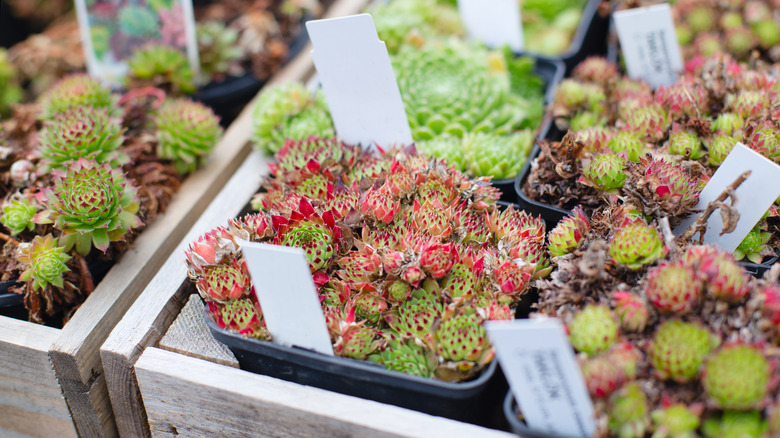How To Decode Houseplant Care Tags
Have you ever been puzzled by the care guide on a new houseplant? You're not alone. Understanding these instructions can be challenging, but with time, it all becomes clear. Houseplant care tags are essential tools that help plant owners provide optimal conditions for their green companions. In essence, understanding a houseplant's care tag is like unlocking a cheat sheet to its heart, ensuring its health and vibrancy for years to come. Deciphering the meaning could even help you bring your dying houseplant back to life and may lead to less casualties over time.
Starting with light requirements, a tag may specify that a plant needs "full sun," meaning it craves at least 6 hours of direct sunlight daily. "Partial sun/partial shade" means that the plant prefers 3 to 6 hours, typically during the morning and early afternoon. Of course, not all plants like the sun, and that's when you will see a care guide marked with "full shade," meaning they will thrive with less than 3 hours of sunlight and usually enjoy indirect light. Some may also require "bright indirect light," which indicates a need for substantial light but not directly from the sun. Finally, "low light" plants can be managed in dimmer environments. Along with how much sunlight your plant needs, there are also a few other things that your plant's care guide may tell you about your new greenery as well.
More plant guidance to decipher
When it comes to watering requirements, a single water droplet might suggest low water, while three droplets signals a high demand. Plants with a "drench and dry" recommendation need a thorough watering followed by a complete drying out of the soil. Those with labels that say "keep moist" desire consistently damp soil. A few might even suggest misting to simulate tropical humidity.
A plant tag also often includes details about nutrition and may indicate when to fertilize, whether monthly, bi-monthly, or during a season-specific time, such as in the spring and summer. It can also provide advice on other areas of care and use, such as repotting intervals and essential pruning guidelines. One crucial detail, especially for homes with children or pets, is the toxicity indicator, which notifies if the plant is hazardous when consumed. If you see anything about temperature requirements or hardiness zones, these most likely won't be very important for the care of your houseplant, since you'll be keeping it indoors.
Some tags might even share growth projections detailing potential height and spread. A unique feature on certain tags is the origin section, revealing the plant's native habitat, which could indirectly hint at care specifics. Lastly, scientific plant names are usually provided for those keen on details or further research. Retaining these tags or delving deeper using the scientific name can be instrumental in ensuring your plant thrives indoors.

